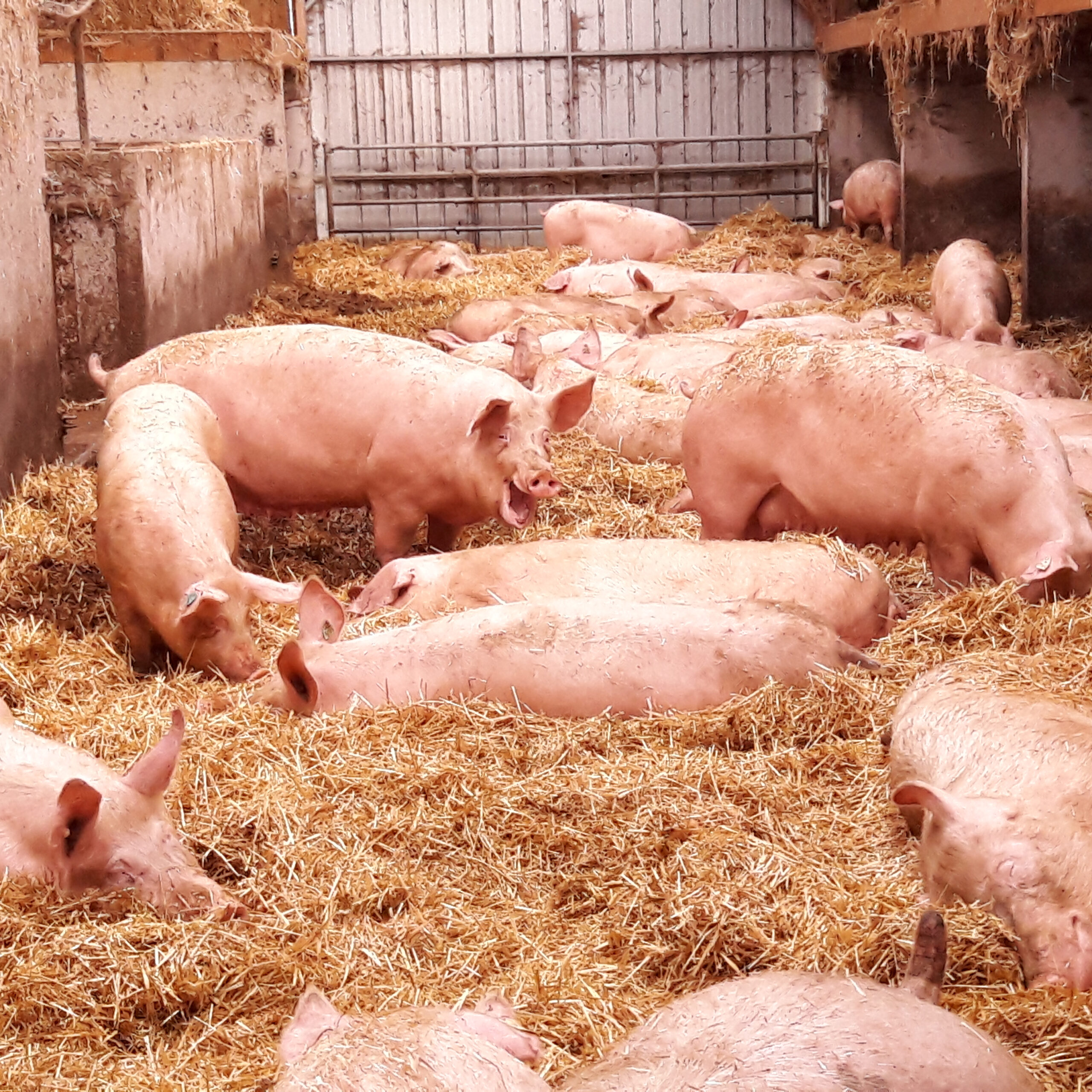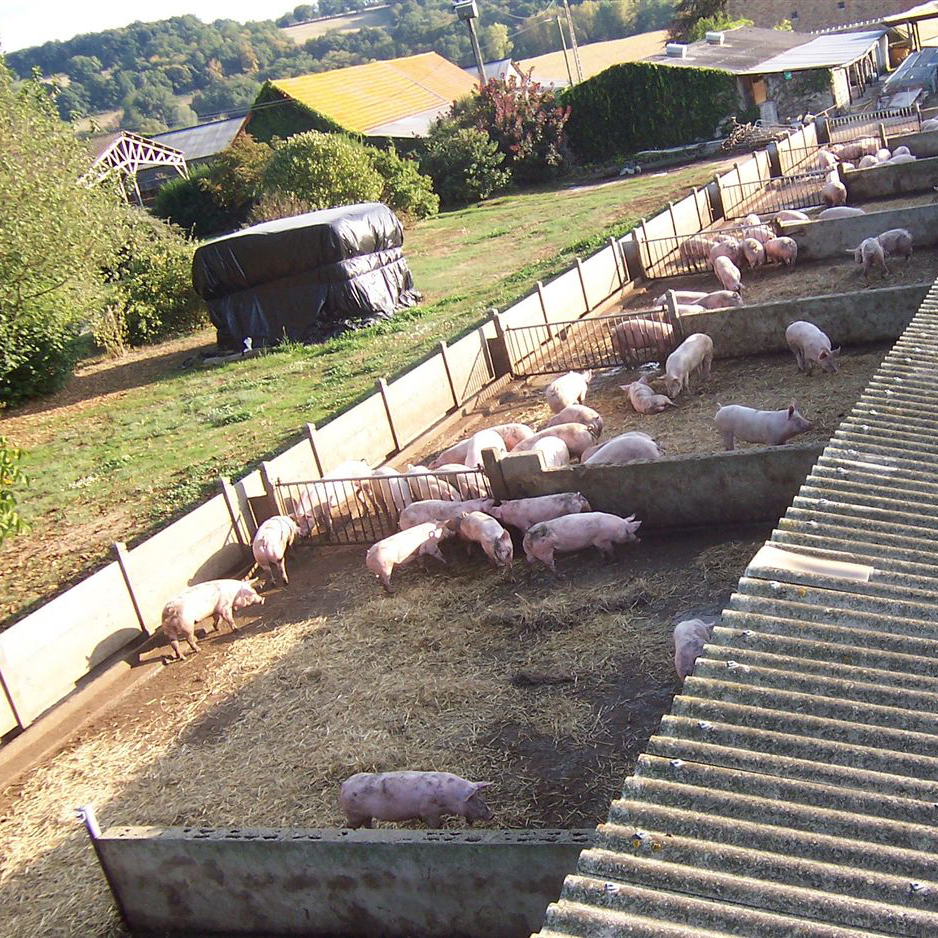PILOT CASE 04
CHAMBRE D’AGRICULTURE DU PAYS DE LA LOIRE, PROTEIN CROPS FOR FEED (FRANCE)
The Chamber of Agriculture in Pays de la Loire work at grass-roots level with farmers, farming workers, foresters and local authorities in the interests of the agriculture sector. In the Pays de la Loire region, agriculture is a key sector with 2/3 of the regional landscape and more than 10% of jobs (23.600 farms, 80% of which including husbandry). With more than 10% of the agricultural lands certified in organic and more than 40% of farms producing under a quality certification (official quality schemes, PGO, PGI …), the regional farming in Pays de la Loire aims for quality products and produces every kind of vegetal and animal product, from wine, fruits, vegetables, cereals and other crops, to cattle, poultry, pig and dairy. Value chains in the region of Pays de la Loire include all ranges from local short value chains and direct-to-consumer, to longer value chains through gross markets and retailers, both nationally and internationally.
“Porcs fermiers de la Sarthe” is a collective of over 30 farmers from the northern part of the Pays de la Loire region. Since 1989 they grouped to offer a quality pig meat, aiming for local sales from butchers and small scale retailers. The production has been recognised under quality certification “Label Rouge” since 1989 and under a geographical indication sign (PGI) since 1997.
The main value chain is medium to long value chain: after the slaughtering in a local slaughter house, over 80% of the meat is sold to butchers in an area ranging from the pays de la Loire region to the centre of France. Around 15% goes to transformation to produce meat products such as ham, sausages or paté. The rest (less than 5%) goes to long value chain (gross markets and supermarkets, mostly in the Paris region).
Currently most of the farmers either buy a complete feed from a cooperative, or partially use their crops (mostly cereals) and buy a complement (proteins, vitamins and nutrition complements). In both cases, the protein part of the feed is largely sourced from imported protein crops (eg. soy beans from South America). Although completely GMO-free from the very beginning (as part of the “Label Rouge” framework), the geographical origin of the feed has been a concern for some farmers for some time, from an environmental as well as economical sustainability standpoint, but is not currently a topic of communication to the consumers.


VALUE CHAIN REPRESENTED
- STEP 1: PRIMARY PRODUCTION (Farmers producing local crops (cereals and proteins))
- STEP 2: FEED SOURCES (Feed Company & Farmers producing feed on-farm)
- STEP 3: PIG HUSBANDRY (Farmers producing pig (may or may not be the same as primary step))
- STEP 4: MEAT PRODUCTION (Slaughtering, Transformation & Packaging)
- STEP 5: CONSUMERS (Direct Sale & Local retail)
PILOT CASE FOR DEMONSTRATION ACTIVITIES
A core group of at least (5 farmers (out of the 30+ in the association) has shown a strong interest in working on local-produced protein crops to include in the feed for the pigs. These are mostly the “fatteners” specialists that take care of the final steps of fattening of the pigs before slaughtering. They either are also breeders, or they buy younger piglets from other farmers and only take care of the fattening stages. Because they take care of the final stages of the pigs growth, they are also the farmers using the biggest quantities of feed.